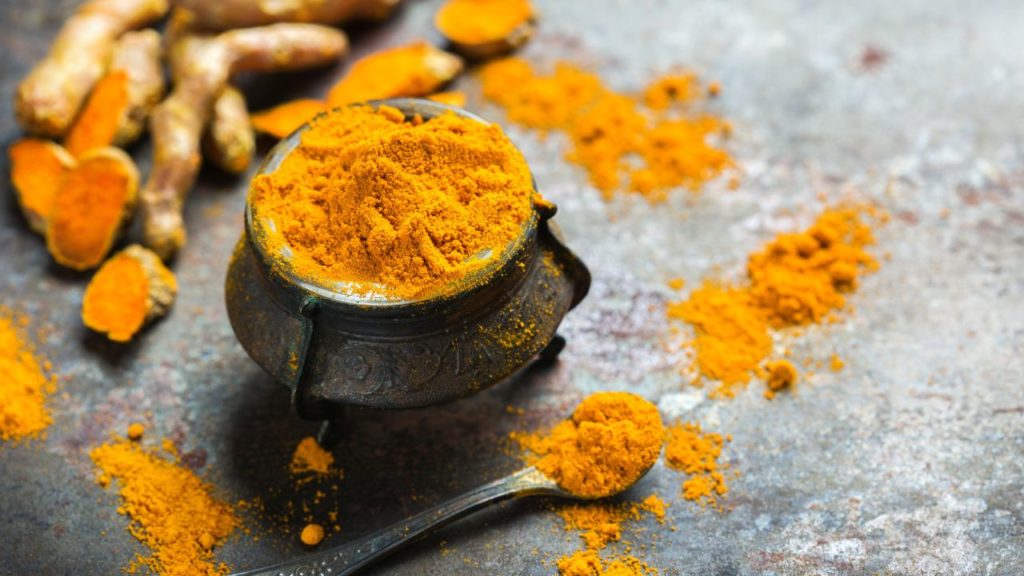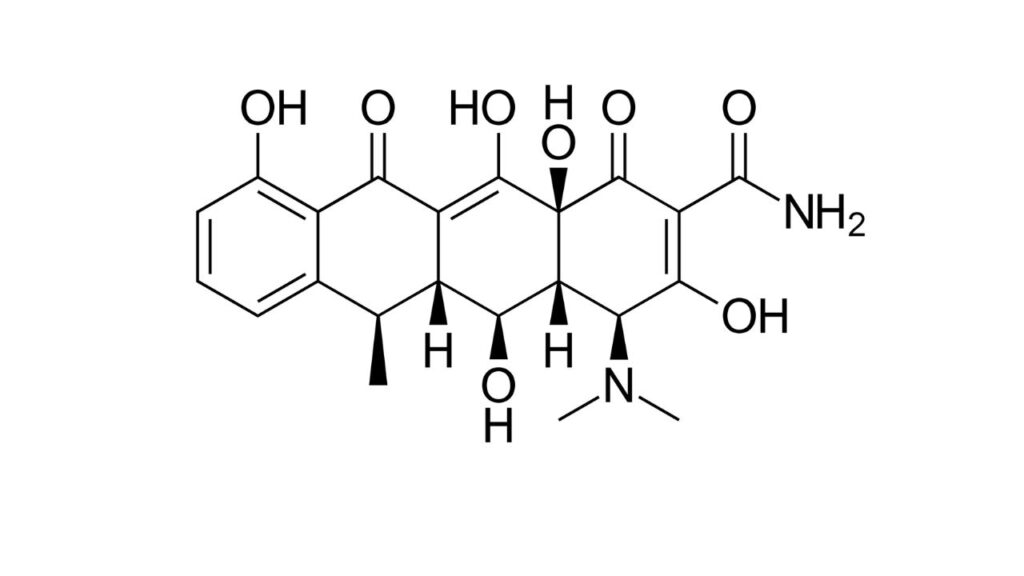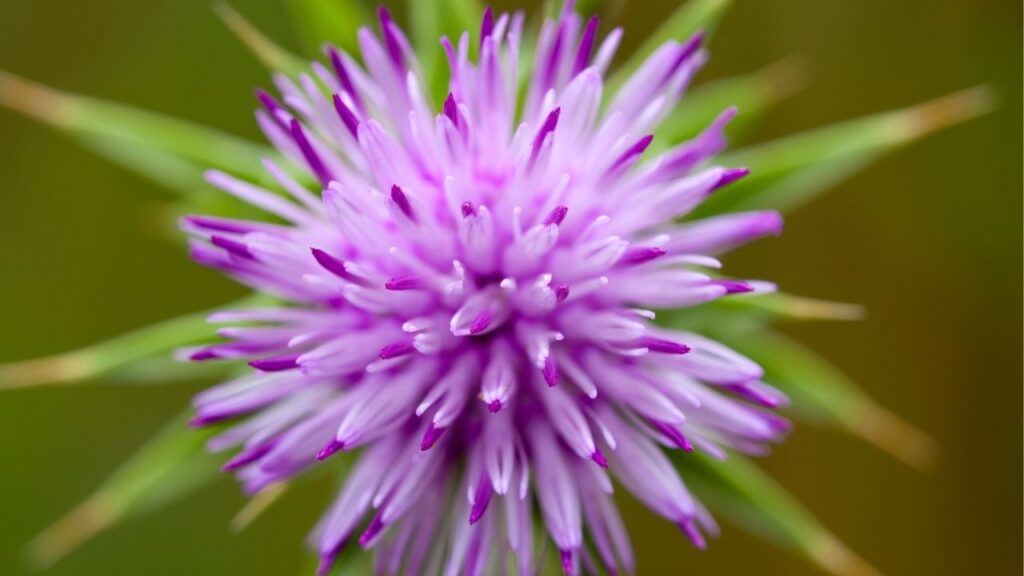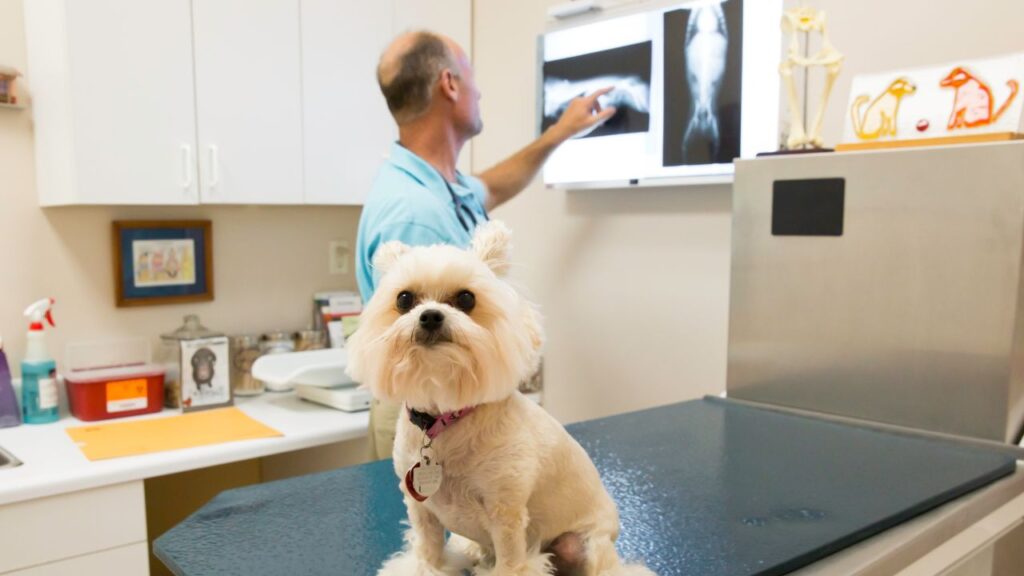Apoptosis is the normal, controlled process by which a cell dies. Cell death is a necessary part of the cell cycle. Apoptosis can occur because cells are old, abnormal, or unhealthy. Cancer cells have mechanisms that help them avoid apoptosis. This allows them to persist and divide in the body even though they are unhealthy.
Key Takeaways
- Apoptosis occurs when a cell dies. Apoptosis is necessary to remove cells that are old and abnormal from the body.
- Apoptosis is caused by signals that are received by the cell either from the outside environment or from inside the cell itself.
- Different proteins, such as enzymes, work to deconstruct the cell to cause it’s death.
- Apoptosis is an important and natural process of the cell cycle.
- Chemotherapy drugs sometimes induce apoptosis to kill cancer cells.
- Foods with flavonoids such as luteolin and alkaloids such as limonene can promote apoptosis.
Apoptosis and Apoptogens
Apoptosis is the “programmed cell death” that all healthy cells are genetically instructed to do. Unfortunately, cancerous cells often harbor mutations in their DNA that make them master evaders of apoptosis. Thankfully, greater understanding of these mutations has given scientists a list of key players to target for cancer therapy treatments.
What Apoptosis Is
Apoptosis is the “programmed cell death” that all healthy cells are genetically instructed to do. Unfortunately, cancerous cells can harbor mutations in their DNA that help them avoid apoptosis.
Apoptosis is the Scientific Word for Cell Death.
Apoptosis is when cells undergo programmed cell death. This is also sometimes called cell suicide.
Cell death is an important component of the cell cycle. All cells carry a set of instructions that tell them when to undergo apoptosis.2
Examples of Apoptosis
Apoptosis is a natural part of the body’s process of growth and replacement.
For example, when an embryo develops fingers and toes, initially there is webbing between the digits. The webbing is eliminated when those cells undergo apoptosis.2,3
Apoptosis is also necessary when a cell malfunctions or wears out. The cell then goes through apoptosis so it can die and be removed, and a new cell can take its place.2
Apoptosis Versus Necrosis
Cells can also die via a process called necrosis. Necrosis generally occurs due to infection or injury. This results in the cell “accidentally” dying due to circumstances beyond its control.5
When cells die of apoptosis, it’s not accidental. They are damaged beyond repair, or worn out, or at the end of their natural lifespan. They are in control of the process. In fact, cells in the process of apoptosis that are not yet dead can be “rescued” using molecular repair systems.5
Meanwhile, cells undergoing necrosis are not in control, and they cannot reverse necrosis.5
The Apoptosis Process
Billions of your dog’s cells undergo apoptosis daily. Apoptosis must occur to make room for newer, healthier, cells. Keeping this balance requires a tightly regulated system.2
Apoptosis can be triggered in two ways:
- Signals coming from outside the cell (extrinsically)
- Signals from inside the cell (intrinsically).1,6,7
Cancer Cells Divide Faster but Don’t Die Faster
Cancer cells possess a genetic framework that helps them evade apoptosis. This is considered a hallmark of cancer.5 Researchers have focused extensively on how such cell survival tactics are formed in an effort to better understand them.
A Powerful Tumor Suppressor Gene Called P53
One key player that’s been identified through research is a tumor suppressor gene called p53.
- This gene p53 tells cells that they should undergo apoptosis.
- Some cancer cells possess the ability to suppress, or downregulate, the ability of the p53 gene to make the p53 protein.
- This allows cancer cells to resist apoptosis and not die.
- Once a cancer cell evades apoptosis, it can continue to divide and multiply.
- All of the daughter cells will be likely to evade apoptosis successfully, too.
Because the p53 gene is so important in apoptosis, it provides a great target for therapies.
The gene can be manipulated by scientists and doctors.
- For example, cancer cells that do not make p53 can be targeted and forced to make p53.8
- Other therapies help to restore the function of p53 in cells where the gene is mutated.9
- Immunotherapy is another option for amping up p53 function via a vaccine.10
There are several other proteins, receptors, genes, and mechanisms that play key roles in apoptosis in addition to p53. Abnormalities in any of these proteins, receptors, genes, and mechanisms might allow cancerous cells to avoid programmed cell death.
This means that researchers have many potential targets of focus in designing and testing cancer treatments that promote apoptosis.
Another Target Gene – Meet bcl-2
The bcl-2 gene is highly expressed in pancreatic, lymphoma, breast, melanoma, and gastric cancer cells.11 Scientists can “silence” bcl-2 by sending a molecule to a specific locations on the gene. This helps to increase the rate of apoptosis.11
Apoptogens and Their Role in the Process of Apoptosis
An apoptogen is any agent that induces apoptosis.12 Researchers are focusing their attention on how best to harness these molecules for preventing and treating cancer.
Conventional cancer treatments like chemotherapy and radiotherapy overload cancer cells with free radicals. This causes a high amount of stress on the cell, which leads to cell death, sometimes via apoptosis, and sometimes via necrosis.
There are also many examples of apoptogens found in foods that will be familiar to you.
Flavonoids
These compounds are found in a variety of plants. They’re increasingly gaining ground in the medical world due their anti-inflammatory and anticancer properties.13
One of the most popular naturally occurring flavonoids is curcumin.14
Luteolin is another flavonoid that has been shown to induce apoptosis in neutrophils, a type of white blood cell that elicits proinflammatory responses.16 Luteolin can also stop the cell cycle.17
These flavonoids can sometimes be used as supplements. You can get them separately or use a blended formula such as Apocaps.® Always use supplements under your veterinarian’s supervision to make sure that you are not interfering with other treatments or overdosing your dog.
Alkaloids
These are similar to flavonoids but differ in their chemical composition.
For example, solmargine is an alkaloid found in flowering plants, including the broadleaf wild leek (Allium atroviolaceum). Extracts taken from the flower of the broadleaf wild leek were shown to inhibit breast cancer cell line growth by stopping the cell cycle and inducing apoptosis.18
Hydrocarbons
Hydrocarbons are chemicals comprised of hydrogen and oxygen.
Limonene is a hydrocarbon you’re likely familiar with, as it’s found in the peels of citrus fruits like oranges, lemons, and grapefruits.19 A study on male rats found that fewer rats developed colon cancer when limonene was added to their diet. Those who did develop tumors had a lower number than their control counterparts not given limonene.19
- O’Brien MA, Kirby R. Apoptosis: A review of pro‐apoptotic and anti‐apoptotic pathways and dysregulation in disease. J Vet Emerg Crit Care (San Antonio). 2008;18(6):572-585. doi:10.1111/j.1476-4431.2008.00363.x
- Renehan AG, Booth C, Potten CS. What is apoptosis, and why is it important?. BMJ. 2001;322(7301):1536-1538. doi:10.1136/bmj.322.7301.1536
- Haanen C, Vermes I. Apoptosis: programmed cell death in fetal development. Eur J Obstet Gynecol Reprod Biol. 1996;64(1):129-133. doi:10.1016/0301-2115(95)02261-9
- Kanduc D, Mittelman A, Serpico R, et al. Cell death: apoptosis versus necrosis (review). Int J Oncol. 2002;21(1):165-170.
- Hanahan D, Weinberg RA. The hallmarks of cancer. Cell. 2000;100(1):57-70. doi:10.1016/s0092-8674(00)81683-9
- Hengartner MO. Apoptosis: corralling the corpses. Cell. 2001;104(3):325-328. doi:10.1016/s0092-8674(01)00219-7
- Danial NN, Korsmeyer SJ. Cell death: critical control points. Cell. 2004;116(2):205-219. doi:10.1016/s0092-8674(04)00046-7
- Nemunaitis J, Ganly I, Khuri F, et al. Selective replication and oncolysis in p53 mutant tumors with ONYX-015, an E1B-55kD gene-deleted adenovirus, in patients with advanced head and neck cancer: a phase II trial. Cancer Res. 2000;60(22):6359-6366.
- Rippin TM, Bykov VJ, Freund SM, Selivanova G, Wiman KG, Fersht AR. Characterization of the p53-rescue drug CP-31398 in vitro and in living cells. Oncogene. 2002;21(14):2119-2129. doi:10.1038/sj.onc.1205362
- Kuball J, Schuler M, Antunes Ferreira E, et al. Generating p53-specific cytotoxic T lymphocytes by recombinant adenoviral vector-based vaccination in mice, but not man. Gene Ther. 2002;9(13):833-843. doi:10.1038/sj.gt.3301709
- Ocker M, Neureiter D, Lueders M, et al. Variants of bcl-2 specific siRNA for silencing antiapoptotic bcl-2 in pancreatic cancer. Gut. 2005;54(9):1298-1308. doi:10.1136/gut.2004.056192
- Dressler D, Ettinger S. The Dog Cancer Survival Guide. Maui Media; 2011.
- Kopustinskiene DM, Jakstas V, Savickas A, Bernatoniene J. Flavonoids as Anticancer Agents. Nutrients. 2020;12(2):457. Published 2020 Feb 12. doi:10.3390/nu12020457
- Mortezaee K, Salehi E, Mirtavoos-Mahyari H, et al. Mechanisms of apoptosis modulation by curcumin: Implications for cancer therapy. J Cell Physiol. 2019;234(8):12537-12550. doi:10.1002/jcp.28122
- Giordano A, Tommonaro G. Curcumin and Cancer. Nutrients. 2019;11(10):2376. Published 2019 Oct 5. doi:10.3390/nu11102376
- Lucas CD, Allen KC, Dorward DA, et al. Flavones induce neutrophil apoptosis by down-regulation of Mcl-1 via a proteasomal-dependent pathway. FASEB J. 2013;27(3):1084-1094. doi:10.1096/fj.12-218990
- Imran M, Rauf A, Abu-Izneid T, et al. Luteolin, a flavonoid, as an anticancer agent: A review [published correction appears in Biomed Pharmacother. 2019 Aug;116:109084]. Biomed Pharmacother. 2019;112:108612. doi:10.1016/j.biopha.2019.108612
- Khazaei S, Abdul Hamid R, Ramachandran V, et al. Cytotoxicity and Proapoptotic Effects of Allium atroviolaceum Flower Extract by Modulating Cell Cycle Arrest and Caspase-Dependent and p53-Independent Pathway in Breast Cancer Cell Lines. Evid Based Complement Alternat Med. 2017;2017:1468957.
- Reddy BS, Wang CX, Samaha H, et al. Chemoprevention of colon carcinogenesis by dietary perillyl alcohol. Cancer Res. 1997;57(3):420-425.
Apocaps® is a registered trademark of Functional Nutriments LLC.
Topics
Did You Find This Helpful? Share It with Your Pack!
Use the buttons to share what you learned on social media, download a PDF, print this out, or email it to your veterinarian.







